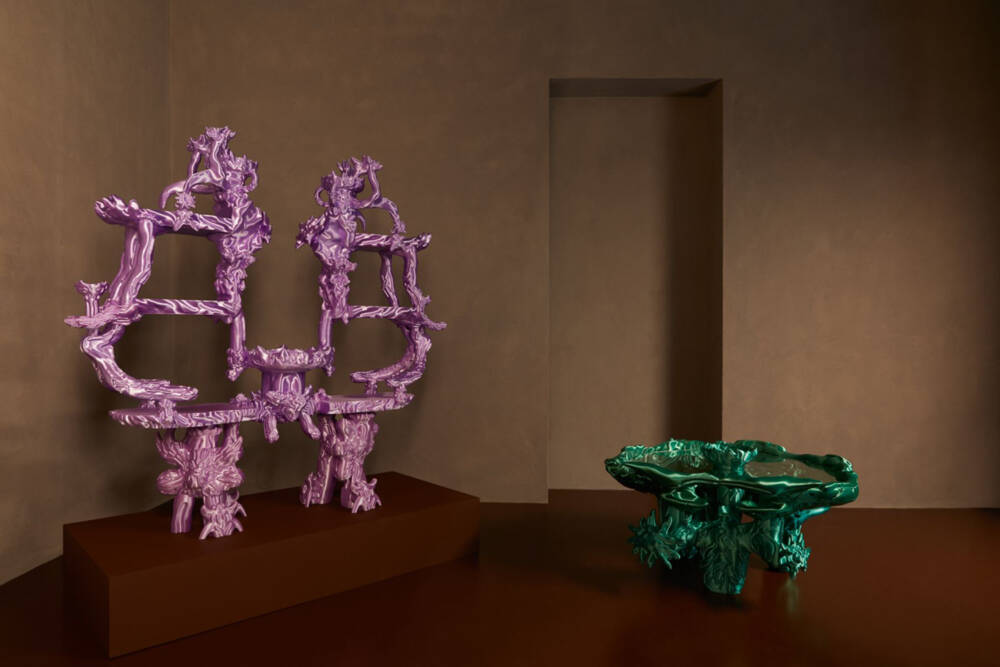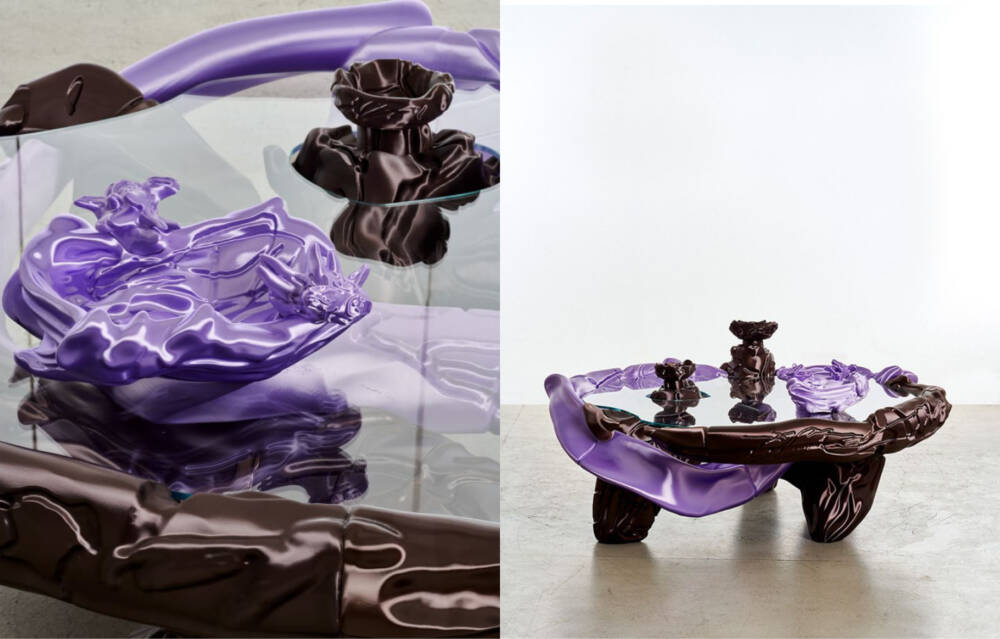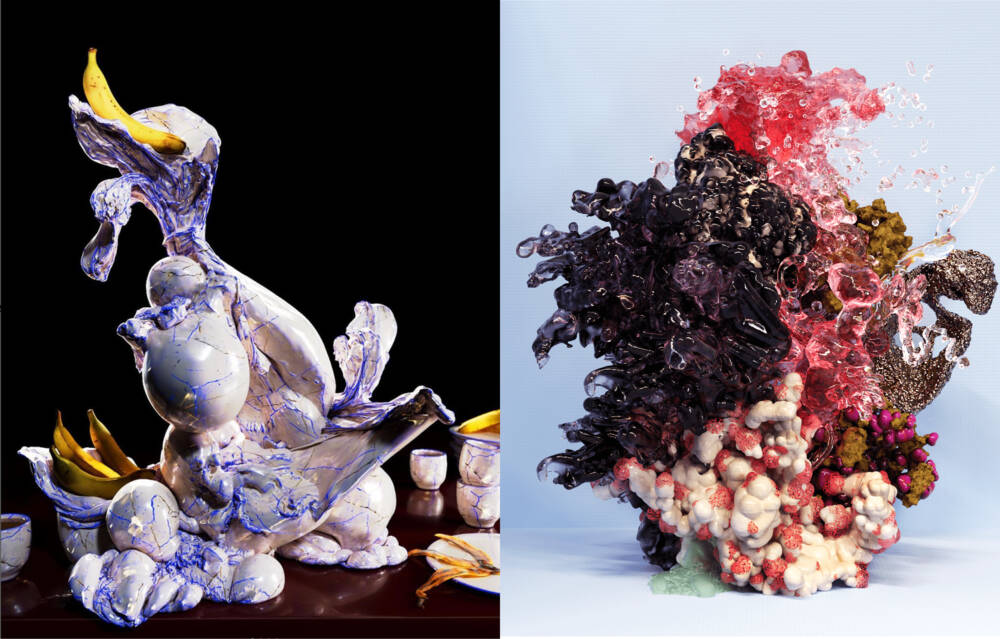These 3D artists prove: it’s no longer a bro-thing
When 3D was in its infancy during the mid 1990’s, it were mainly men who got established in the field. It continued to be male-dominated until the skills became more widely available through tutorials and the rise of digital tools in general.
The image of technological-affinity shifted with generation Y (people born in the early 80s until the late 90s) and the following generation Z: a new naturalness and openness to non-male identifying people entering the realm. With digital natives becoming older, the outdated image of the nerdy guy who is “good with computers and numbers” continues to fade as non-male identifying artists showcase their outstanding works and take their deserved spot in the limelight.

We introduce you to three artists who work with 3D and successfully bridge their art with projects in the creative industry. Ranging from collaborations with jewelry and fashion brands in Caroline Vang’s case, to the culmination within the work of Audrey Large, who creates sculptures and designs objects like tables, mirrors and vases.


Harriet Davey works on a variety of projects, among them the design of created album covers and collaborations with brands like Maison Martin Margiela. Aside from that, they create tutorials to make the skills more easily available. Harriet has stated that they “want to see more women. More trans people. More non-binary people. More people of color and I want to ditch all of these white bros who are taking up the space.”


Audrey Large explores the materialization of digital aesthetics. Her sculptures appear like glitches in the matrix — our eyes are not used to see the digital surfaces we are so accustomed to from screens and AR in reality. It’s interesting to observe what happens to our perception when looking at pieces which are so obviously digital, yet they are physically there: touchable, feel-able. On the tension between the real and the digital, Audrey said in an interview with PIN-UP magazine “There is no hierarchy between real and representation, physical and digital, they are simply different states of matter and different sets of rules.”

When asked wether or not the 3D industry is still dominated by men, Caroline Vang answered: “Sadly, yes. Through my learning journey into 3D — which requires many hours of watching tutorials — I did not once (!!) stumble across a female or non-binary artist creating tutorials. […] The Softer community is on a mission to make the tech industry less bro-dominated, and more accessible and soft <3”


These artists are only exemplary selected to represent the growing community of openminded individuals who shape the reality of 3D art. Their approaches show that the present, and the future of 3D art is becoming more inclusive, more available and allows once invisible creatives to reach their audience.

Image Credits:
Cover left to right: ©Audrey Large ©Caroline Vang ©Harriet Davey
Within text: 1-3 ©Harriet Davey 4-6 ©Audrey Large 7-9 ©Caroline Vang